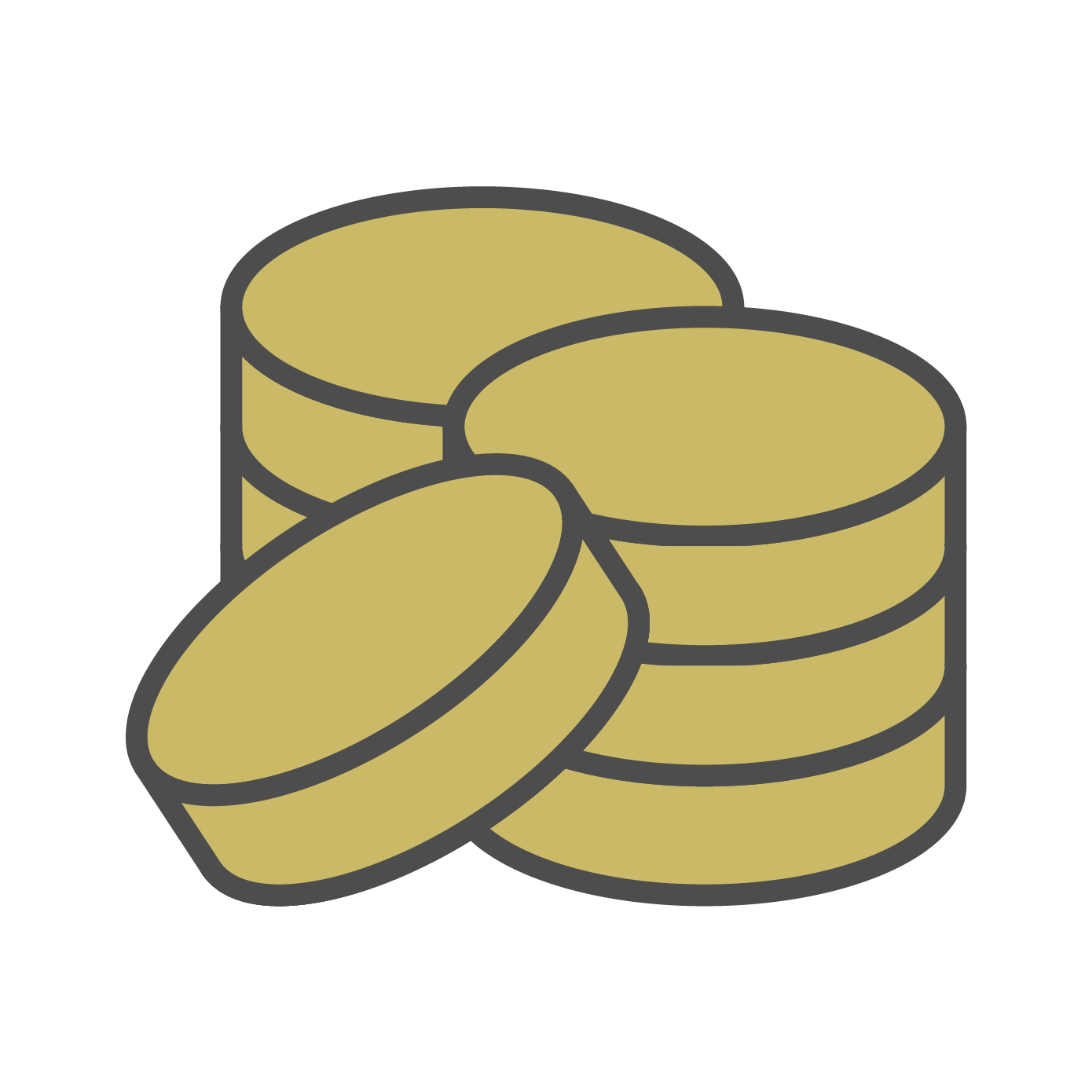Peruvian Gold

.
In Peru, Peruvian Gold comes from the world’s most productive gold mine that sprawls over the Andean Mountains 13,000 feet high with the extraction of more than $7 billion worth of gold from the mine.
.
Yanacocha Gold Mine is another gold mine producing gold in the Cajamarca region of the Northern Highlands, the poorest province of Peru. Considered to be the fourth-largest gold mine in the world, it produces millions of ounces of gold.
.
Peru and the Incas have been associated with gold for centuries, although the Incas used it for ceremonial and decorative purposes rather than trade in pre-Hispanic times. The arrival of the Spanish heralded the need for more formal currency.
.
Gold coins were struck by royal decree and this, coupled with the discovery of silver mines at Potosi, meant that many of the first Peruvian coins were made from silver.
.
The Lima Mint original to the growing pace of silver mining, which was the main raw material for coins minting was created in 1565. That is why, until the middle of the XVIII century, this Mint produced only silver coins and after 1821, when Peru gained independence, they began to mint their national currency.
• Libras
• Escudos
• Soles
.
Golden Peruvian libra minted from 1898 to 1931 were represented by denominations: 1/2 Peruvian libra, 1/5 Peruvian libra, and 1 Peruvian libra. These coins were in circulation simultaneously with silver soles.
.
When Prohibition was lifted and the currency was updated with Peruvian Gold Coins following the arrival of Simon Bolivar, the liberator of Latin America.
.
Therefore, creating Peruvian Gold.
Today, only the national currency in circulation in Peru is the sol. Gold and silver coins are produced primarily for collective and commemorative purposes.
.
Bottom line
Gold is a wise choice. A good future includes good gold-buying facts.
If you enjoyed this post, go here now to enter your e-mail and get your free Gold Buying Facts .pdf.
